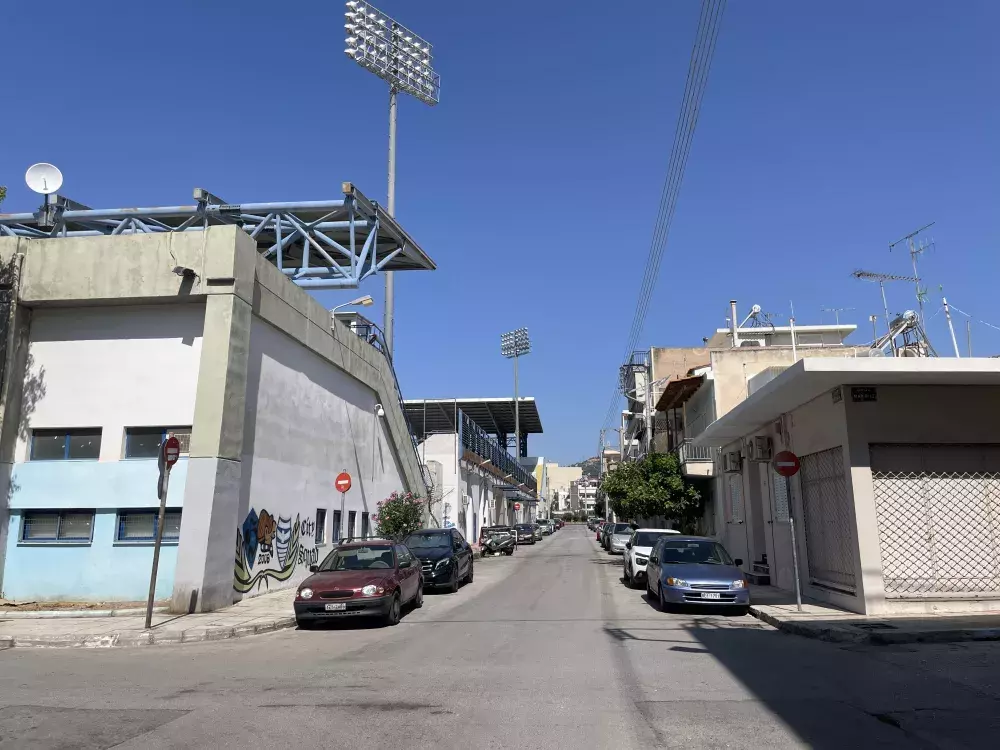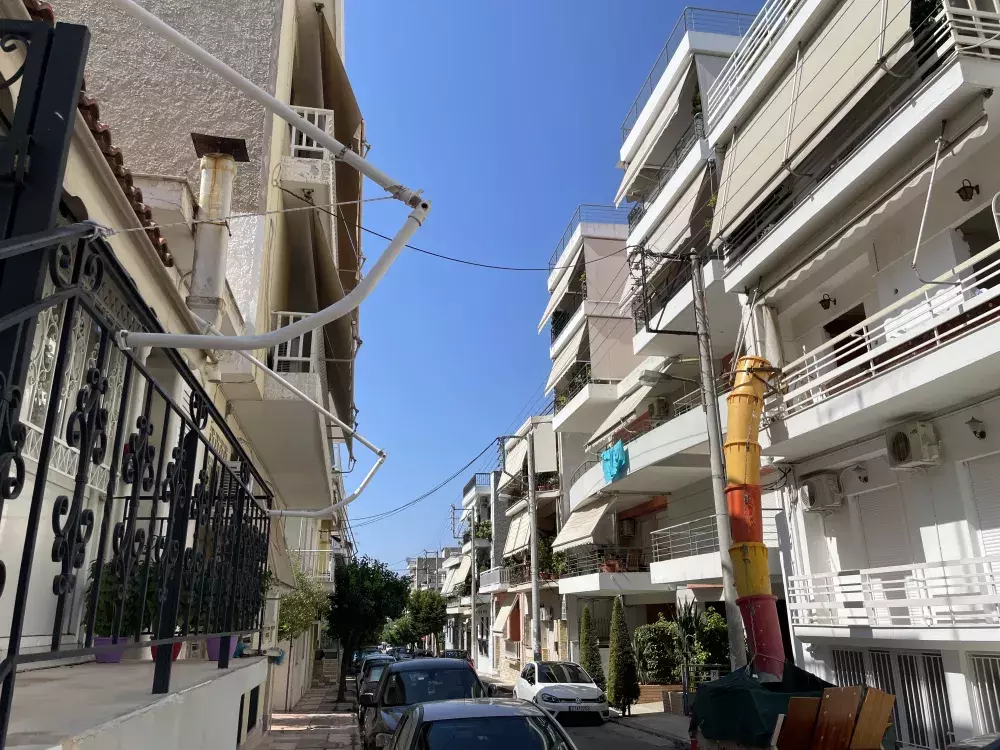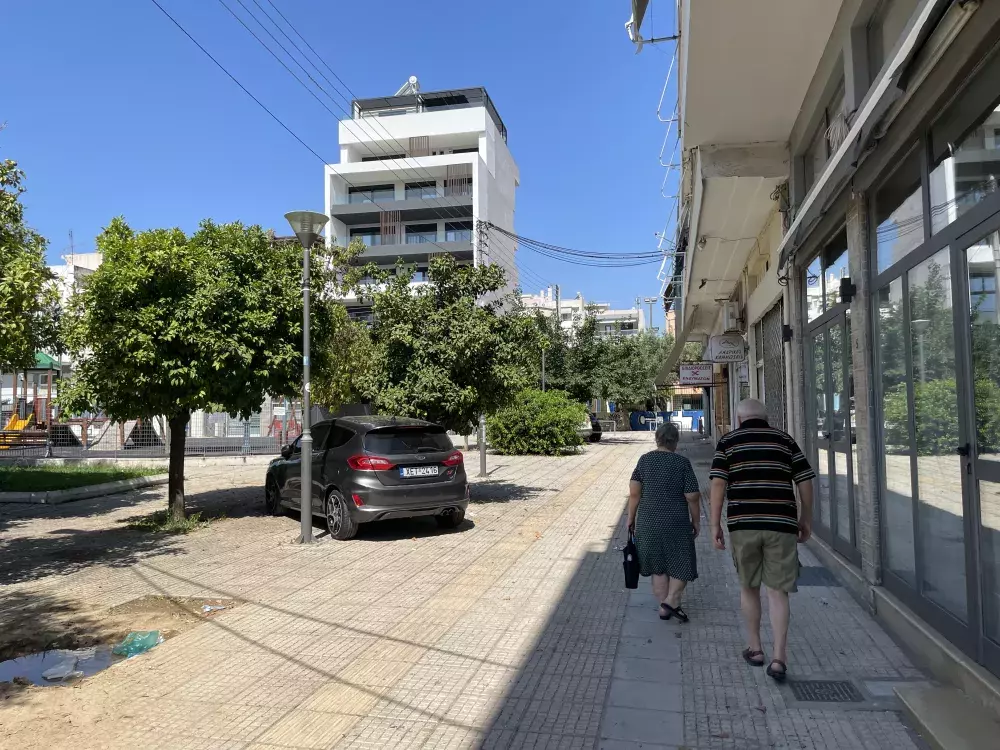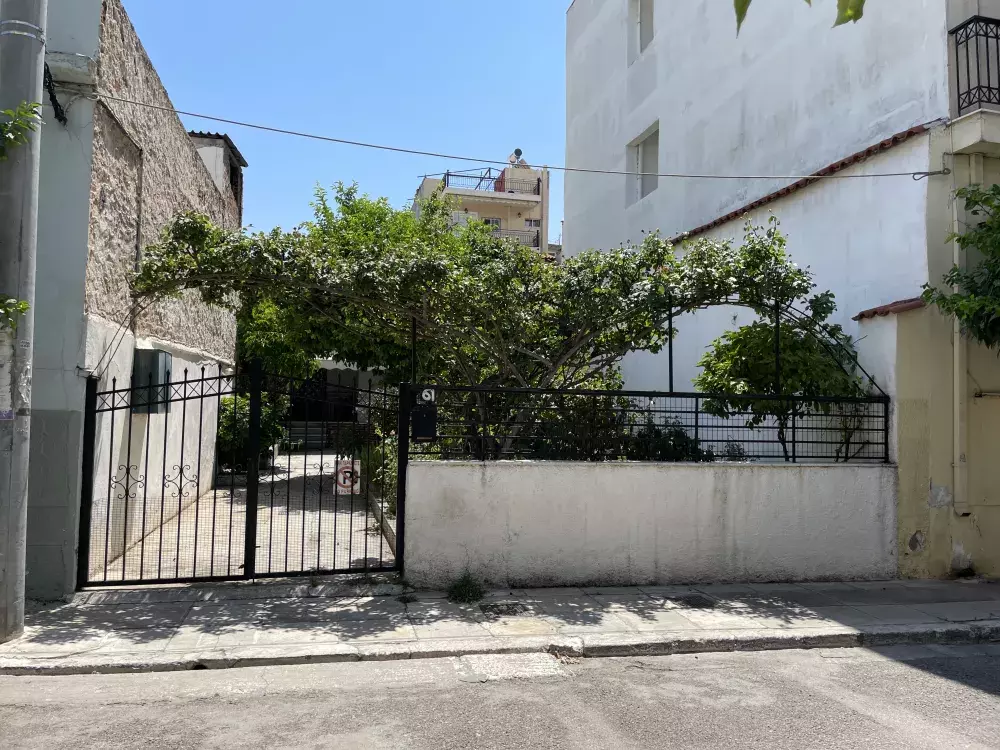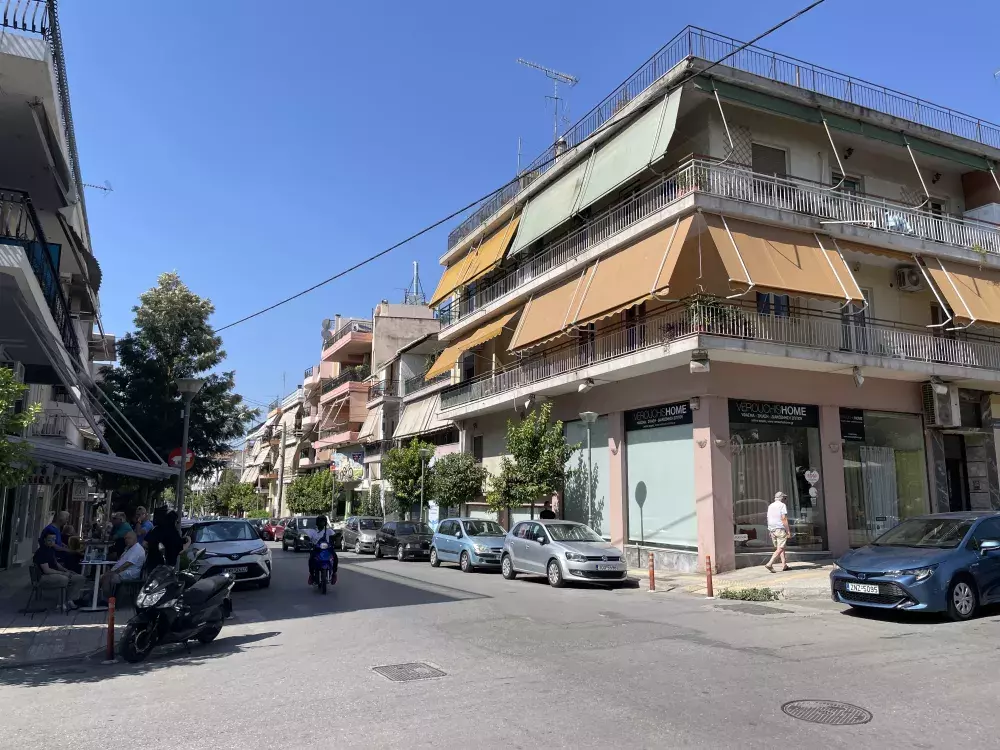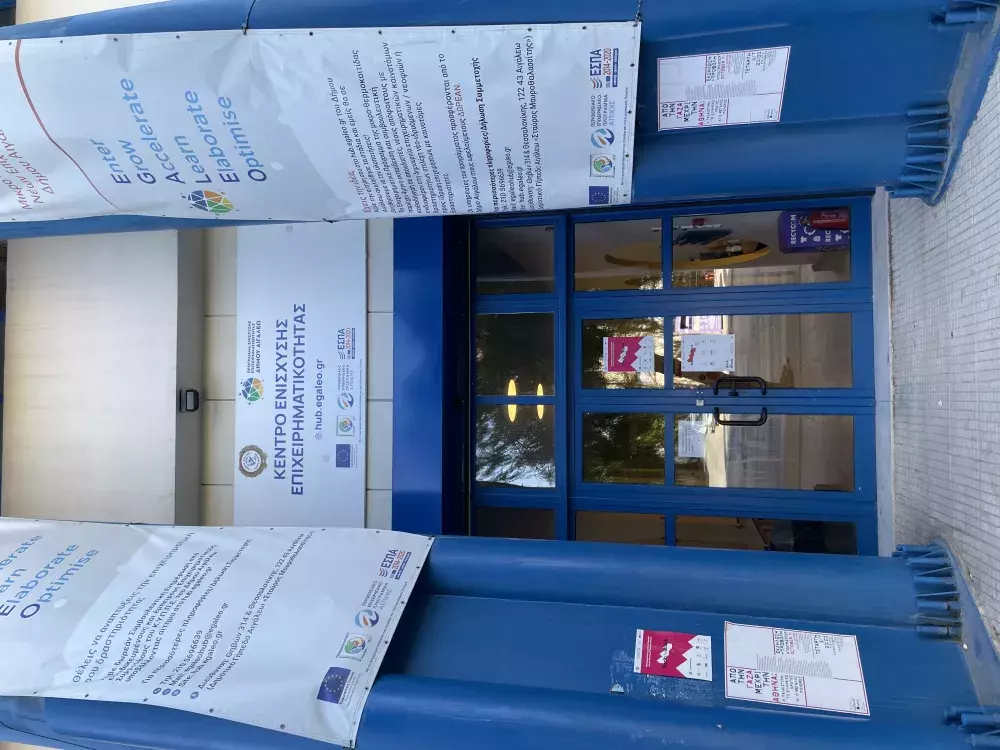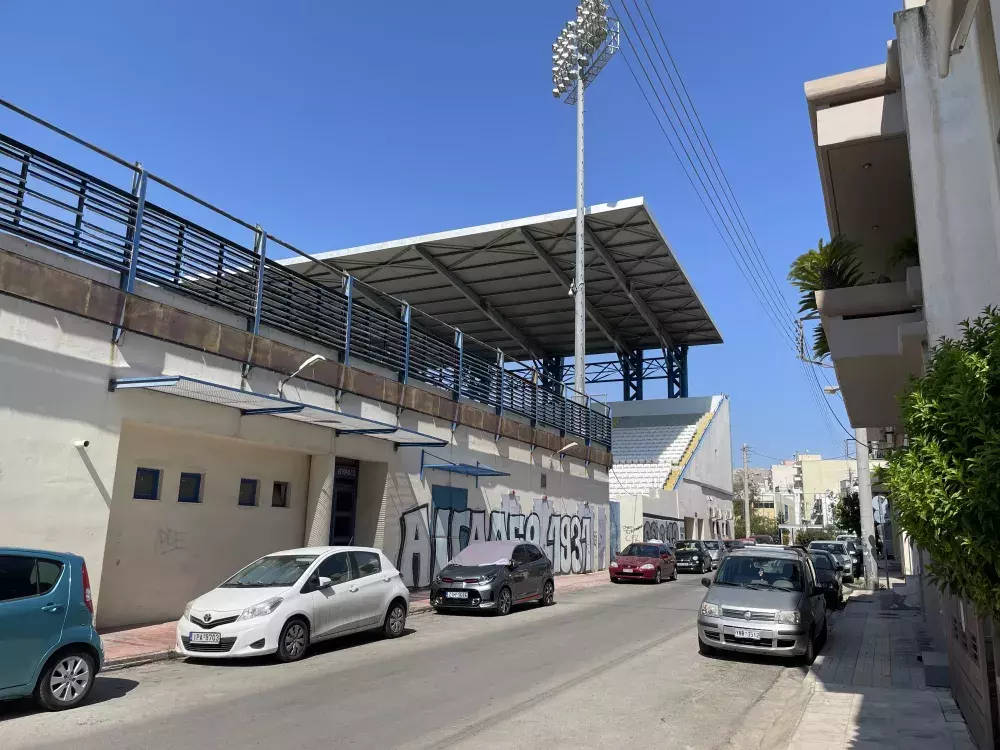Housing in its broader context: Rock the Block and the transformation of Polykatoikia in Egaleo
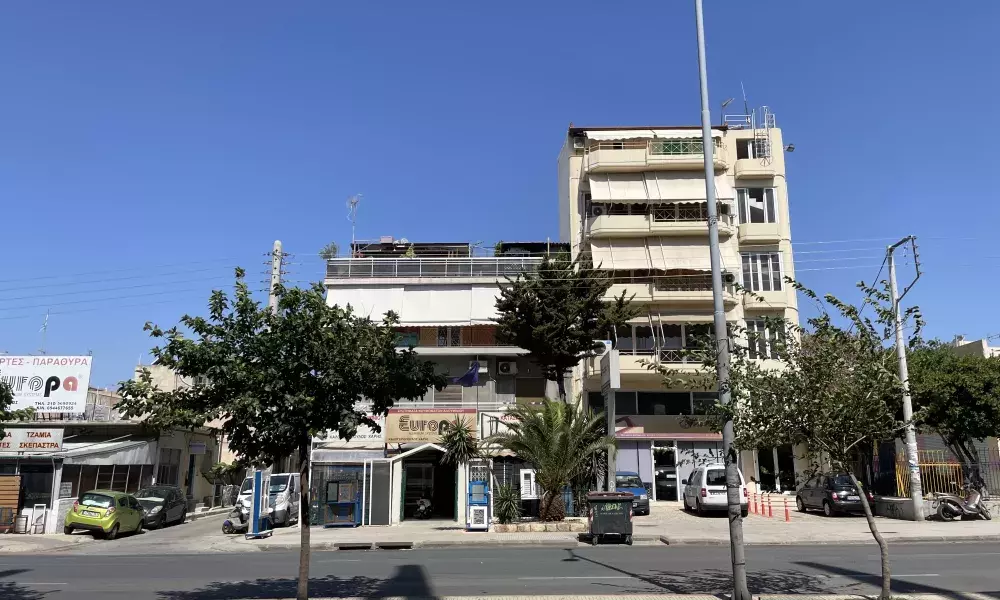
As I walk down the road from Egaleo metro station towards the Egaleo Hub, I see the somewhat familiar Athens landscape unfolding: two-, three- and four-storey buildings lining the streets, most of them built in the second half of the last century, with recently planted, small trees branching out towards the sky, squeezed between housing and roads and leaving practically no public space left for any other purpose than moving or living. Most of these buildings, commonly called Polykatoikia or multi-storey apartment buildings are the result of the rapid – and often unregulated – urbanisation of the Athens agglomeration in the second half of the last century. In Egaleo, almost two-third of the building stock was built in the past 60 years, often with technological arrangements that are not up to today’s energy- and climate change-related challenges, and spatial organisations that reinforce isolation and undermine social cohesion.
Egaleo is located in the Western agglomeration of Athens: besides one of the agglomeration’s most important highways, the E75, connecting the Saronic Gulf in the South with Mount Aigaleo in the North, Egaleo is structured by high streets with small businesses ranging from coffee shops and bakeries to clothes and homeware shops. The centralities created by these shopping streets and the square around the Egaleo metro station are completed by other pockets of urbanity, the University of West Attica campus and the Baroutadiko Forest, an urban grove breaking the monotony of the paved streets. Nevertheless, social life outside these centralities remains limited and the urban landscape is dominated by low-rise Polykatoikia that offers little interface for neighbours to interact with each other.
It’s early in the morning but the scorching heat pushes me into the shaded sides of every street I take. I follow the Iera Odos and Thivon Roads where shopkeepers are pulling up their blinds as I walk past them. As they open their doors, I can feel the cold air pouring out of the rooms cooled by air conditioners, a prerequisite of everyday life in the Athens summer. Most people in the street move in the opposite direction, towards the metro station that acts as a gate to Athens.
Officially, Egaleo has only 65,000 inhabitants but the city is effectively part of the Athens functional area. “The real population is about 100,000 people,” explains to me Dimitris Tzempelikos, the Head of the Egaleo Municipality’s Planning & Development Directorate. “Egaleo is attractive because while it has lower rents and real estate prices than Athens, it also has three metro stations that gives a unique advantage to us. Many people here use the metro to go to the centre of Athens.”
Dimitris and his colleagues receive me in the Egaleo Hub, a recently renovated office located in the town’s football stadium. As I walk past the stadium on Thivon Road, I see people gathering in front of the spaces that make up the stadium’s Southwestern wing, accessible from Thivon Road. The sight of them waiting for the opening of what looks like a food bank is a stark reminder of the hardships a large part of Greek society went through in the past decade and a half.
In an area dominated by residential buildings, it is not easy to find many buildings that can host public institutions and activities, therefore the municipality-owned stadium – only partly used by the sport clubs based here – represents a great opportunity. “Our plan is to make use of all the empty spaces in the stadium,” explains Dimitris. “It is one of the central points of our strategic plan.” Besides the football club and related sports activities, the stadium now hosts four hubs: the two older offices, one for blood donation and one for collecting and distributing food, groceries and medicines, have been joined by a social hub for vulnerable groups with different support services, and the entrepreneurship hub that acts as a business incubator for new services and technologies related to social challenges.
Dimitris, a catalyst of innovation within the Egaleo Municipality, has been overseeing a variety of initiatives and projects in the area, ranging from climate adaptation and energy transition to social cohesion and housing, trying to connect them in one single coherent strategy for Egaleo. While this is not an easy task in any municipality whose modus operandi usually separates different professional and policy fields, the Hub acts as the centre of Egaleo’s innovation ecosystem, bridging the different projects and the people who work on them.
Egaleo’s European Urban Initiative-funded project, Rock the Block addresses the intersectional challenges of the town’s old building stock, unsatisfied housing needs and weak community bonds. The solution to these challenges comes from a combination of “technical interventions, community networks and institution building,” explains Stefania Gyftopoulou, the project’s coordinator who has been working on housing-related programmes in the Athens region for almost a decade.
Rock the Block invites Polykatoikias to apply for funding for improvements in their condominium building. The range of potential interventions is open: “A unique aspect of Rock the Block is that we don’t predefine the activities or technical works that can be supported, we don’t have a list of eligible works,” underlines Stefania. “It is up to the residents to co-design the solutions for their buildings.” This allows the project to learn from proposals and opens municipal policies towards innovation coming from below.
Technical works conceived in Rock the Block need to have a strong green, circular and aesthetic character. Community activities financed by the project have to strengthen local networks of solidarity, care and support. Finally, the experiments conducted in the Polykatoikias will help shape the new institutions established by the municipality. In turn, these new institutions will support further experimentation in housing and the connected fields.
Rock the Block’s integrated logic looks for initiatives that connect the technical, green, aesthetic and social approaches. “That could be many things,” explains Stefania. “For example, it could be that some residents want to develop an energy community. Or that they want to develop a space to take care of children. Or they want to utilise their bio waste at building level or the rainwater.”
Housing is often addressed in a way that separates it from other necessities of urban life. Justly treating housing as a primary need and therefore a right, many approaches to housing are somewhat blind to other components such as local economy and social infrastructure, neighbourhood communities and social cohesion, public spaces, green areas and climate adaptation that determine the quality of life and influence residents’ social mobility and trajectories. Addressing housing as a field disconnected from these aspects leads to dormitory towns, residential areas deprived of public amenities, social life and economic opportunities. In contrast, if housing strategies are synchronised with a broader set of policies, they result in healthier, more affordable and more integrated housing situations.
Condominium buildings with common spaces do not only provide interfaces for interaction between neighbours, but also offer opportunities for events and celebrations that individual apartments could not accommodate. Sharing household appliances may save space in individual apartments and reduce household costs. Joining forces to organise childcare or elderly care might liberate valuable time for the caretakers. Green courts or rooftops accessible to neighbours do not only reduce heat island effects in and around buildings, but also inspire sociability and therefore contribute to more resilient communities based on social bonds. Pooling resources to invest in solar energy allows neighbours to reduce energy costs and improve resilience in periods of unstable energy prices.
Rock the Block looks at housing through these complex optics. One of the ways in which the project expands its scope is to go beyond individual households when addressing quality of housing and energy efficiency. “Rock The Block is different from usual programmes and funding schemes in that its intervention unit is the condominium building, the Polykatoikia, and not the household unit,” explains Stefania. Putting the project’s focus on the housing block requires participation and coordination among residents and a shared vision about the necessary interventions.
This is an unusual task for many families, centred on their own households. Not that cooperation between neighbours is unknown in Egaleo. On one hand, all multi-family buildings dispose of a contract between the owners and a representative is selected to handle daily tasks including cleaning, technical issues and renovations, clarifies Dorina Ndreu, legal advisor to the project. On the other hand, several neighbourhoods of the town host Greek refugee communities that left their original homeland in Russia or Minor Asia in different moments of the 20th century to settle in the Western suburbs of Athens: many of these communities still nurture their collective identity, traceable in their language, gardens and architecture. However, this cooperation is mostly focusing on the past or on the everyday routine: Rock the Block seeks to inspire residents to look into the future, define their needs and set a joint agenda.
As I walk back to the metro station, I try to imagine the changes the project will bring to Egaleo. This time I take smaller streets in order to visualise what could be transformed by smaller or bigger interventions. I see an underused courtyard here, an intriguing street corner there, a lone standing tree, an inviting rooftop. I wonder though if the most important changes will be visible for passers-by like me. Indeed, Rock the Block will not only transform a part of the town’s landscape but also the invisible connections between residents and its institutional fabric. While the new housing office will offer services related to housing needs, the co-living hub will support networking between residents and will provide training for new skills related to upgrading housing. If residents will need to think outside their habitual logic to find their place in Rock the Block, accommodating innovation from the Polykatoikia in municipal operations will also put public officers to the test.
About this resource
The European Urban Initiative is an essential tool of the urban dimension of Cohesion Policy for the 2021-2027 programming period. The initiative established by the European Union supports cities of all sizes, to build their capacity and knowledge, to support innovation and develop transferable and scalable innovative solutions to urban challenges of EU relevance.
Similar content



